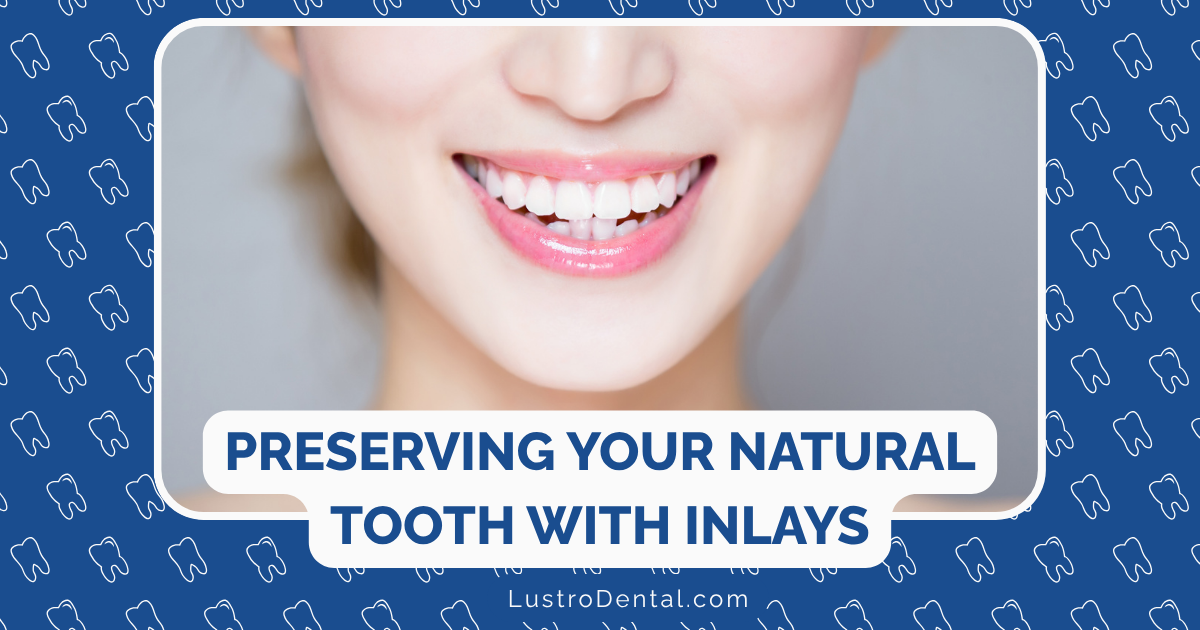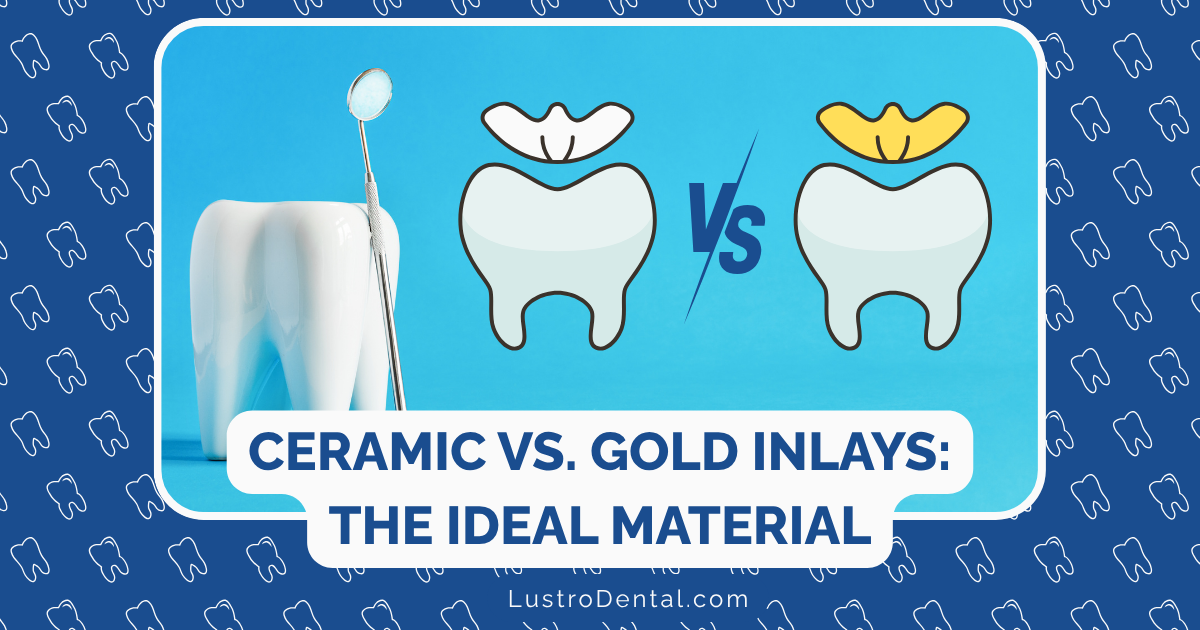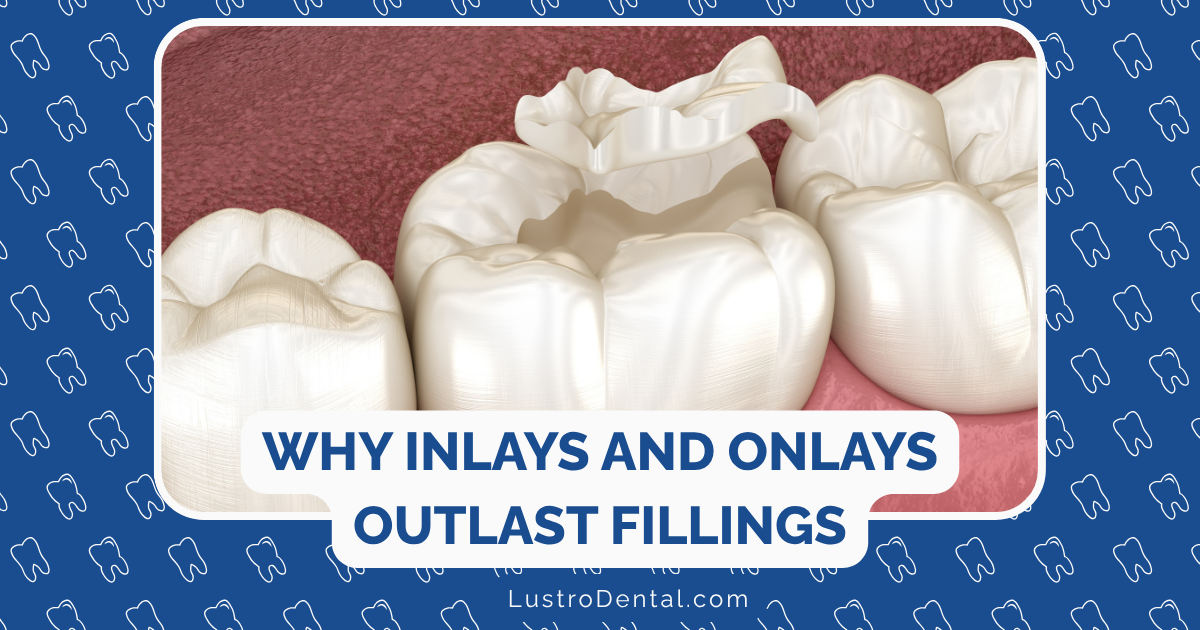Metal-Free Crowns: Aesthetic and Functional Benefits of New Materials

When it comes to restoring damaged teeth, dental crowns have been the go-to solution for decades. Traditionally, these crowns contained metal—either as a full metal crown or as the underlying structure for porcelain-fused-to-metal (PFM) restorations. But if you’ve visited a dentist recently, you may have noticed a significant shift in the materials being recommended.
Metal-free crowns have revolutionized restorative dentistry, offering solutions that are not only more natural-looking but also provide impressive functional benefits. As someone who’s passionate about helping people understand their dental options, I’m excited to share how these modern materials are transforming smiles and improving oral health outcomes.
The Evolution of Dental Crown Materials
To appreciate how far we’ve come, let’s briefly look at the history of dental crowns:
The Metal Era
For much of the 20th century, dental crowns were primarily made from metals like gold, silver-palladium alloys, or non-precious metal alloys. These materials offered excellent durability but had obvious aesthetic limitations.
The introduction of porcelain-fused-to-metal (PFM) crowns in the 1960s was a significant advancement, combining the strength of a metal substructure with a more tooth-like porcelain exterior. However, these crowns still had drawbacks, including the potential for dark lines at the gumline as gums receded and the opaque appearance that lacked the translucency of natural teeth.
The Metal-Free Revolution
The past two decades have seen remarkable advancements in dental materials science, leading to the development of all-ceramic and zirconia crowns that eliminate the need for metal entirely. These materials continue to evolve, with the latest generations offering unprecedented combinations of strength, aesthetics, and biocompatibility.
Dr. Sarah Thompson, a prosthodontist at the American Academy of Cosmetic Dentistry, notes: “The development of high-strength ceramics has been a game-changer in restorative dentistry. We can now provide patients with restorations that are virtually indistinguishable from natural teeth while offering excellent longevity.”
Today’s Leading Metal-Free Crown Materials
Let’s explore the primary types of metal-free crowns available in 2025:
1. Lithium Disilicate
Lithium disilicate (often known by the brand name e.max®) has become one of the most popular ceramic materials due to its excellent combination of aesthetics and strength.
Key benefits:
- Exceptional translucency that mimics natural enamel
- Can be as thin as 1mm, allowing for more conservative tooth preparation
- Flexural strength of 360-400 MPa (megapascals)—strong enough for most applications
- Can be used for anterior or posterior crowns
- Excellent for CAD/CAM (computer-aided design/manufacturing) applications
According to a 10-year clinical study published in the Journal of Prosthetic Dentistry, lithium disilicate crowns show a survival rate of 96.7%, comparable to traditional gold restorations.
2. Zirconia
Zirconia (zirconium dioxide) has emerged as the powerhouse of metal-free materials, offering strength that rivals or exceeds that of metal crowns.
Key benefits:
- Exceptional strength (900-1200 MPa)—the strongest dental ceramic available
- Highly resistant to fracture and wear
- Biocompatible with minimal risk of allergic reactions
- Available in varying levels of translucency for different applications
- Excellent for posterior teeth and bridges
The latest generation of zirconia materials has addressed earlier concerns about opacity. As Dr. Michael Chen of the International Association for Dental Research explains: “The new multilayered zirconia materials offer gradient translucency that mimics the natural transition from enamel to dentin, creating restorations that are not only incredibly strong but also aesthetically superior.”
3. Hybrid Ceramics
Hybrid materials combine the benefits of ceramics and composites, offering unique advantages for specific situations.
Key benefits:
- More flexible than pure ceramics, potentially reducing stress on the underlying tooth
- Excellent wear compatibility with opposing natural teeth
- Can be easily repaired if damaged
- Often milled more quickly in CAD/CAM systems
- May require less tooth reduction than other materials
4. Nano-Ceramics
The newest entrants to the metal-free category are nano-ceramic materials, which use nanotechnology to enhance material properties.
Key benefits:
- Exceptional polish retention and stain resistance
- Improved strength through nano-structural reinforcement
- Superior edge strength, reducing the risk of chipping
- Biomimetic properties that more closely resemble natural tooth structure
- Enhanced optical properties for better aesthetic outcomes
7 Compelling Benefits of Metal-Free Crowns
Now that we understand the materials, let’s explore why metal-free crowns have become the preferred choice for both dentists and patients:
1. Superior Aesthetics
The most obvious advantage of metal-free crowns is their natural appearance. Modern ceramic materials can be customized to match the color, translucency, and light-reflecting properties of your natural teeth.
“The aesthetic potential of today’s ceramics is remarkable,” says Dr. Jennifer Williams, a cosmetic dentist at Spear Education. “We can now recreate the subtle color variations, translucency, and surface characteristics of natural teeth to a degree that was impossible with metal-based restorations.”
This aesthetic advantage is particularly important for:
- Front teeth and visible areas of your smile
- Patients with high smile lines who show more of their teeth
- Those seeking to improve both function and appearance simultaneously
2. Biocompatibility and Reduced Allergic Reactions
Metal allergies affect approximately 10-15% of the population, with nickel being the most common dental metal allergen. According to the American Academy of Allergy, Asthma & Immunology, symptoms of metal allergies in the mouth can include:
- Inflammation and redness of the gums
- Burning sensations
- Metallic taste
- Oral lesions
Metal-free materials like zirconia and lithium disilicate are highly biocompatible, virtually eliminating the risk of allergic reactions. This makes them ideal for patients with known metal sensitivities or those who prefer to avoid metals for health reasons.
3. Reduced Thermal Conductivity
Unlike metals, ceramic materials are poor conductors of heat and cold. This translates to:
- Less temperature sensitivity when consuming hot or cold foods and beverages
- Greater comfort for patients with naturally sensitive teeth
- Reduced risk of pulpal (nerve) irritation over time
A clinical study published in the Journal of Dentistry found that patients with metal-free crowns reported 60% less temperature-related discomfort compared to those with metal-based restorations.
4. Preservation of Gingival (Gum) Health
Metal-free crowns offer significant benefits for gum health:
- No dark gray line at the gumline (common with PFM crowns)
- Highly polished, smooth surfaces that discourage plaque accumulation
- Materials that integrate well with soft tissues
Dr. Robert Garcia, a periodontist at the American Academy of Periodontology, explains: “The interaction between crown materials and gum tissue is crucial for long-term success. Today’s ceramics can be polished to an extremely smooth finish and have excellent soft tissue compatibility, often resulting in healthier gingival response compared to metal-based restorations.”
5. Strength and Durability
Modern metal-free materials, particularly zirconia, offer strength comparable to or exceeding traditional metal options:
- Zirconia crowns have flexural strength up to 1200 MPa, stronger than most metal alloys used in dentistry
- High-strength ceramics resist fracture even in high-stress areas like molars
- Excellent wear resistance helps maintain proper bite relationships over time
According to a 2024 systematic review in the International Journal of Prosthodontics, zirconia crowns show 5-year survival rates of 97.8%, outperforming metal-ceramic crowns in posterior applications.
6. Conservative Tooth Preparation
Many metal-free materials allow for more conservative tooth preparation, meaning:
- Less healthy tooth structure needs to be removed
- Reduced risk of pulpal damage during preparation
- Better long-term prognosis for the tooth
- Less post-operative sensitivity
This biomimetic (life-mimicking) approach preserves the structural integrity of your natural teeth while still providing durable, aesthetic restorations.
7. Compatibility with Digital Dentistry
Metal-free crowns are ideally suited for modern digital workflows:
- CAD/CAM technology allows for precise design and fabrication
- Same-day crown options available with materials like lithium disilicate
- Digital impressions eliminate the need for uncomfortable traditional impressions
- Virtual design allows for optimization before fabrication
Addressing Common Concerns About Metal-Free Crowns
Despite their many advantages, patients sometimes have questions about metal-free options:
“Are metal-free crowns as durable as metal ones?”
For most applications, yes. Zirconia in particular has demonstrated exceptional durability, even for posterior teeth and bridges. A 2025 study in the Journal of Prosthetic Dentistry found that zirconia crowns had a lower failure rate than gold crowns over a 7-year period.
“Are they more expensive?”
Metal-free crowns typically cost between $1,000 and $2,500 per tooth, depending on the specific material, your location, and the complexity of your case. This is comparable to the cost of high-quality metal-based restorations in many practices.
Many dental insurance plans now cover metal-free options at the same rate as traditional crowns, recognizing their status as the standard of care. According to the American Dental Association’s 2025 survey, 92% of dental insurance plans provide the same coverage for zirconia crowns as they do for metal-based alternatives.
“Do they look too perfect or fake?”
Early generations of all-ceramic crowns sometimes appeared too white or opaque. Today’s materials offer multiple levels of translucency and can be customized with internal characterization to match the subtle variations in your natural teeth. A skilled dentist and laboratory technician can create restorations that are virtually indistinguishable from natural teeth.
The Future of Metal-Free Restorations
The field continues to evolve rapidly, with several exciting developments on the horizon:
Smart Materials
Researchers are developing ceramics with “smart” properties, such as:
- Self-healing capabilities to repair minor cracks
- Remineralizing effects that help strengthen surrounding tooth structure
- Antimicrobial properties to reduce plaque accumulation
3D Printed Ceramics
While most ceramic crowns are currently milled from solid blocks, 3D printing technology is advancing rapidly:
- Greater precision and less material waste
- More complex internal structures for optimized strength
- Potential for chairside fabrication reducing treatment time
Biomimetic Composites
New composite materials that more closely mimic the structural and mechanical properties of natural teeth:
- Gradient materials that transition from enamel-like to dentin-like properties
- Stress-distributing designs that reduce the risk of fracture
- Self-adjusting materials that respond to changes in the oral environment
Making the Right Choice for Your Smile
While metal-free crowns offer numerous advantages, the best choice for you depends on your specific situation. Factors to consider include:
- Location of the tooth: Front teeth benefit most from the aesthetic advantages of metal-free materials
- Functional demands: High-stress areas may require higher-strength materials like zirconia
- Aesthetic expectations: Your personal priorities regarding appearance
- Existing restorations: How new crowns will integrate with existing dental work
- Budget and insurance coverage: Financial considerations may influence material selection
Dr. Lisa Johnson, a restorative dentist at Spear Education, advises: “The conversation about crown materials should be a collaborative one between patient and dentist. By understanding both the clinical requirements and the patient’s personal priorities, we can select the optimal material for each unique situation.”
Conclusion: A Brighter Future for Dental Restorations
The shift toward metal-free crowns represents more than just an aesthetic improvement—it’s a fundamental advancement in how we approach dental restoration. By combining exceptional aesthetics with outstanding functional properties and biocompatibility, today’s ceramic materials allow for restorations that truly honor the structural and visual characteristics of natural teeth.
If you’re considering a crown or replacing older metal-based restorations, discussing metal-free options with your dentist could lead to a solution that not only restores function but enhances the natural beauty of your smile for years to come.
The days of compromising between strength and aesthetics are behind us. With modern metal-free materials, you can have it all—beauty, strength, biocompatibility, and longevity—in a restoration that feels like a natural part of you.
Have you experienced metal-free dental crowns? We’d love to hear about your experience in the comments below!
Disclaimer: This article is for informational purposes only and does not constitute medical advice. Please consult with your dentist to determine the best treatment options for your specific situation.







